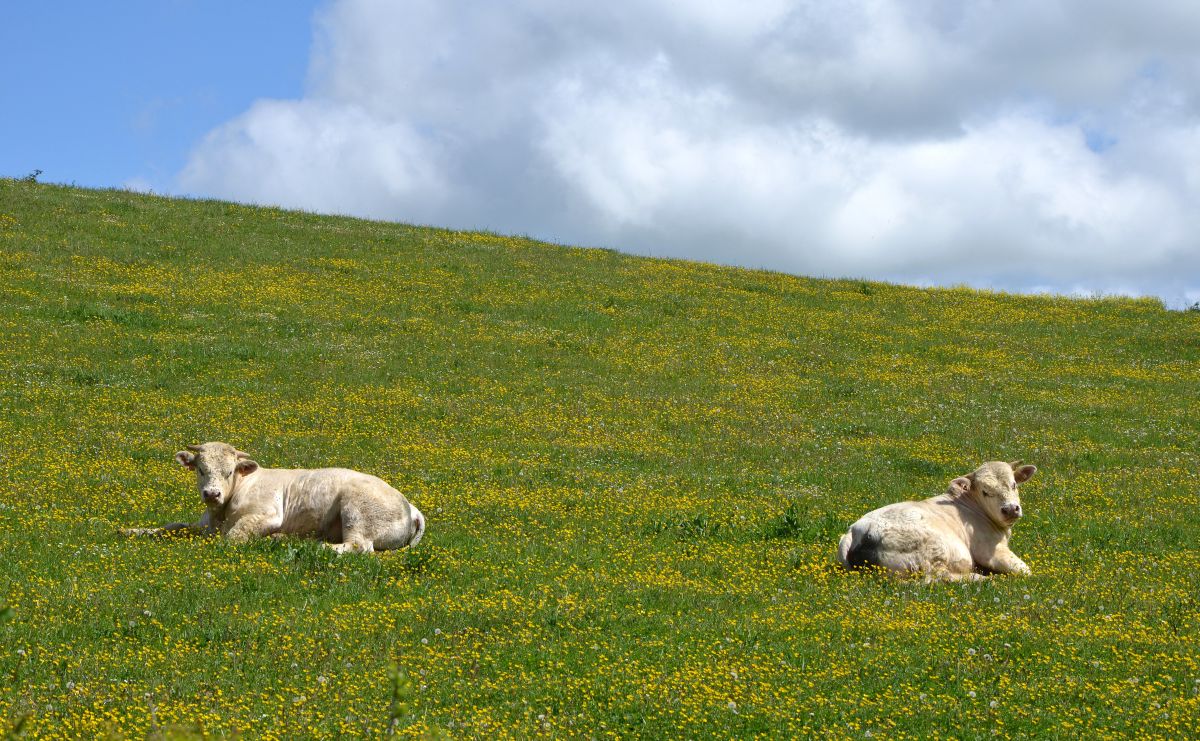
According to the latest data from Kantar Worldpanel, in the year to 24th May, the value of the UK beef market grew by over 1% on the year earlier to reach £2.17 billion.
Since January this year the price for prime cattle has been falling, however Chris Mallon Chief Executive of the National Beef Association (NBA),believes that that signs of a silver lining are beginning to emerge.
“For the store cattle bought in January finished later in the Spring, it has been especially difficult for farmers to produce a positive return. the implication of this is that it has seriously dented finishers’ confidence. Many of whom are now considering their options for next year, and asking themselves whether they will keep cattle for finishing next Spring.
Chris continues: “To maintain the supply of finished cattle processors need to consider their procurement practices and ensure that they work more closely with the finishers.”
The volatility seen in the last few years has many elements to it, a strong sterling and a weak euro, slight increase in supply and also subdued demand. What we are now seeing, however, is supply tightening and the demand for beef is remaining steady.
“Whilst much of the increase in value of the UK beef market could be attributed to higher retail prices rather than increased volumes, some beef cuts have performed well and experienced year-on-year growth,” says Chris, he continues, “frying/grilling cut sales, for instance, were up 4%, while purchases of roasting joints were up over 2% on the year.”
Despite making some gains from pork, the latest data points to consumers switching away from beef in favour of chicken. In the 12 weeks ending 24th May sales were down more in volume terms than in value. There is an increase in the frequency of beef purchases by consumers; however they bought smaller quantities per trip. This was especially the case for the mince category.
On a positive note frying and grilling beef sales were still in growth and this was no doubt helped by the good spring weather. Volumes were up in spite of the small increase in average price.
These cuts have grown to be worth almost a third of the category in value terms, with strong development coming from the hard discounters.
Now that summer has arrived in earnest, and we are all enjoying the heat wave, retailers may look for opportunities to drive beef sales, with a range of BBQ inspired beef products, which may in turn grow this segment of the market further.
Volume sales of roasting joints were maintained compared to the year earlier, but a fall in expenditure in the latest 12 week period reflected lower average prices. The stable volume of purchases was largely a result of growth in purchases at the big four retailers, on the back of increased promotional activity, while roasting joint sales from the hard discounters fell by a third.
Chris said: “The lack of beef promotions by the retailers in the last 6 months has been of particular concern to us, and we have seen an almost concerted effort by retailers to hold back demand in the spring.
“Farmers are getting a very low percentage share of retail price, for most of the spring it was below 47% well below the historical average of 54%. Such a differential should have allowed price promotions on the shelf and increased demand, but this is not something that we saw happening.”
Store cattle prices have remained strong due to the lack of store cattle available, and this has put pressure on those trying to finish them and maintain profits. Though the finisher knows that bringing store cattle to the point of sale is costly, the main concern they face, is that the end deadweight price does not leave margins.
Chris concludes: “Since Late May Early June we are seeing that the UK price has started to move in a positive direction, and we have seen some sorely needed large corrections to the cattle price. The price increases are a factor of reduced cattle numbers and steady consumer demand.”
